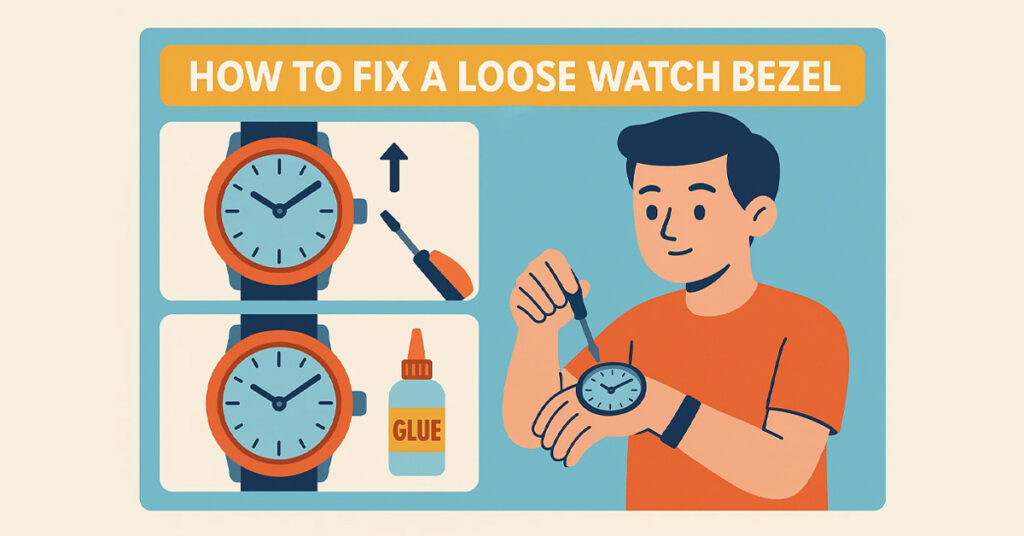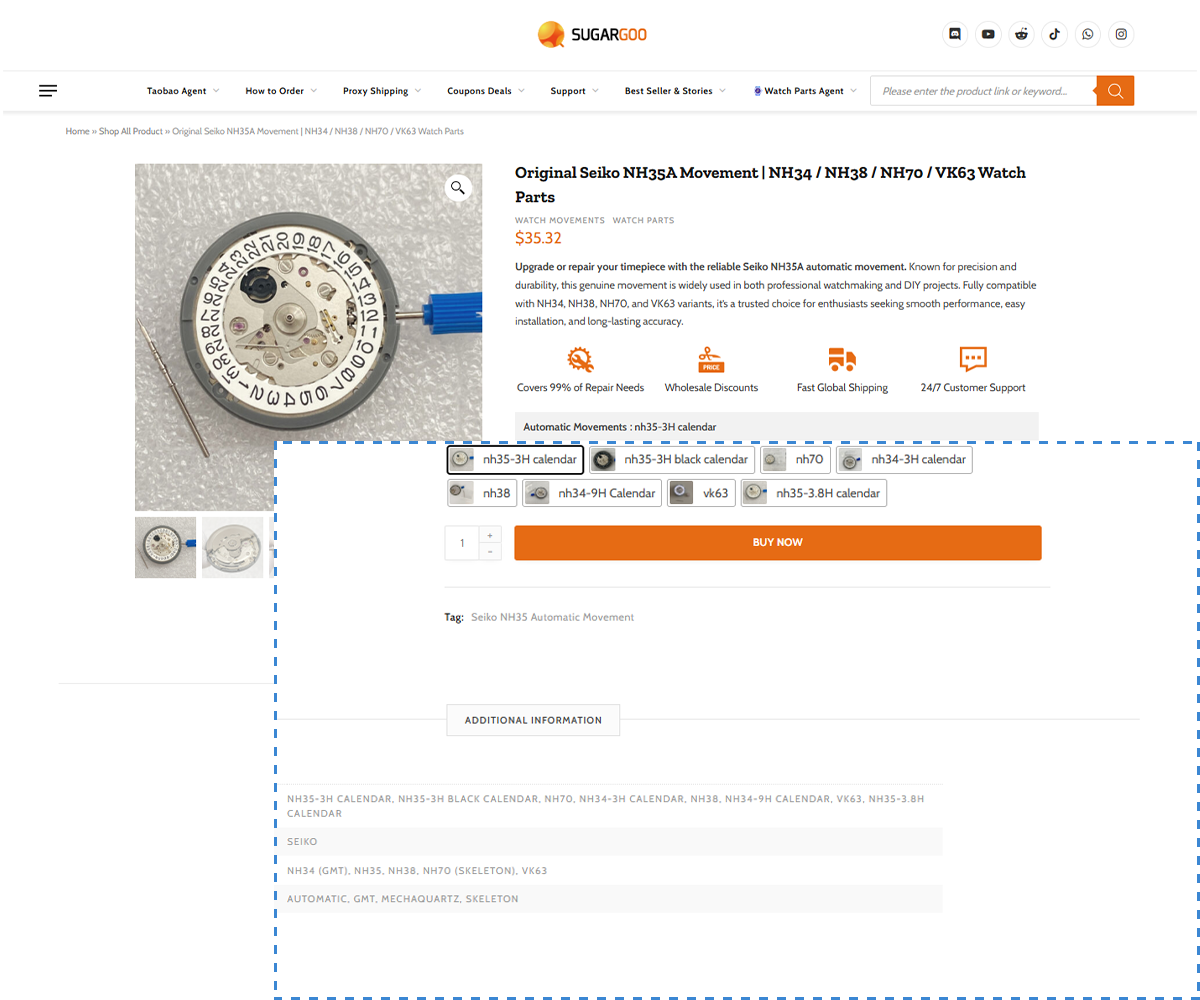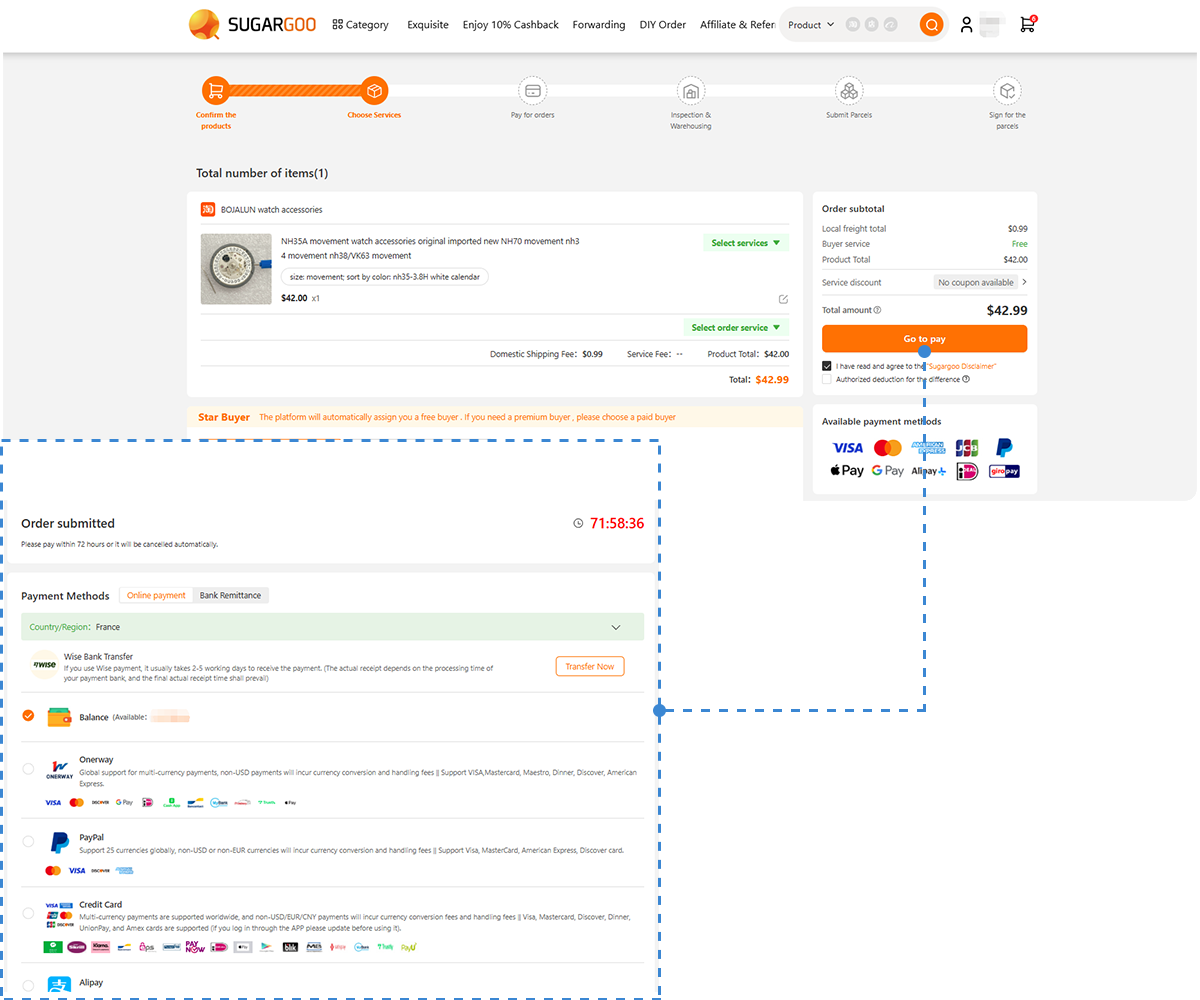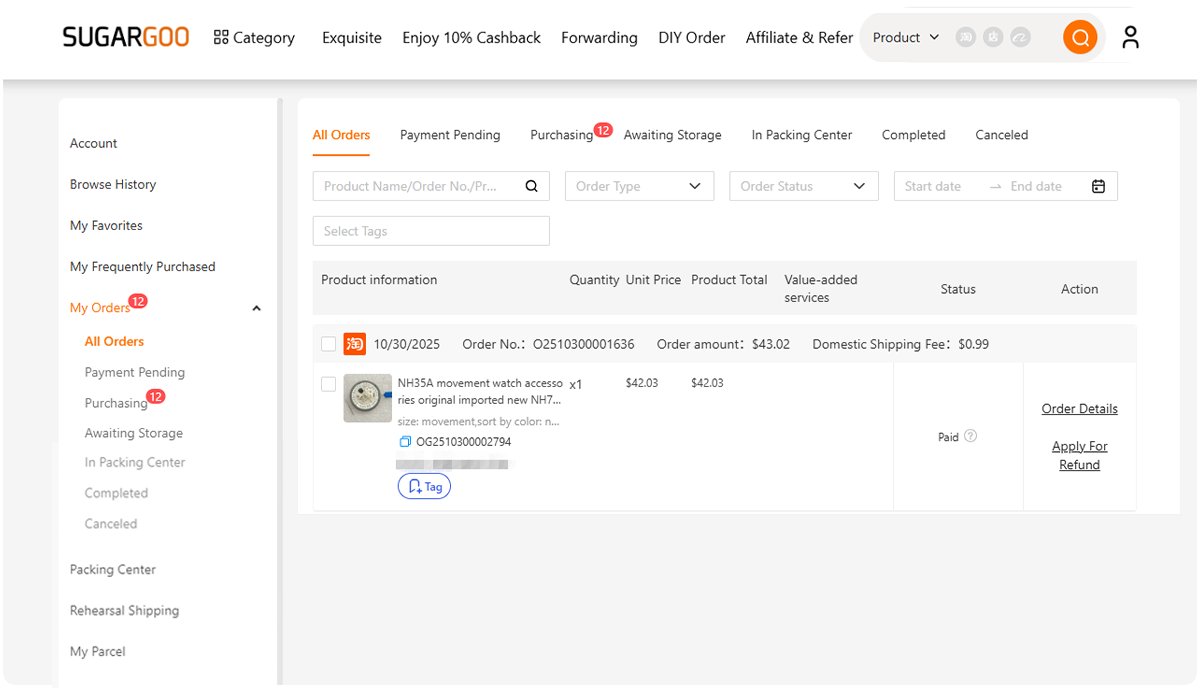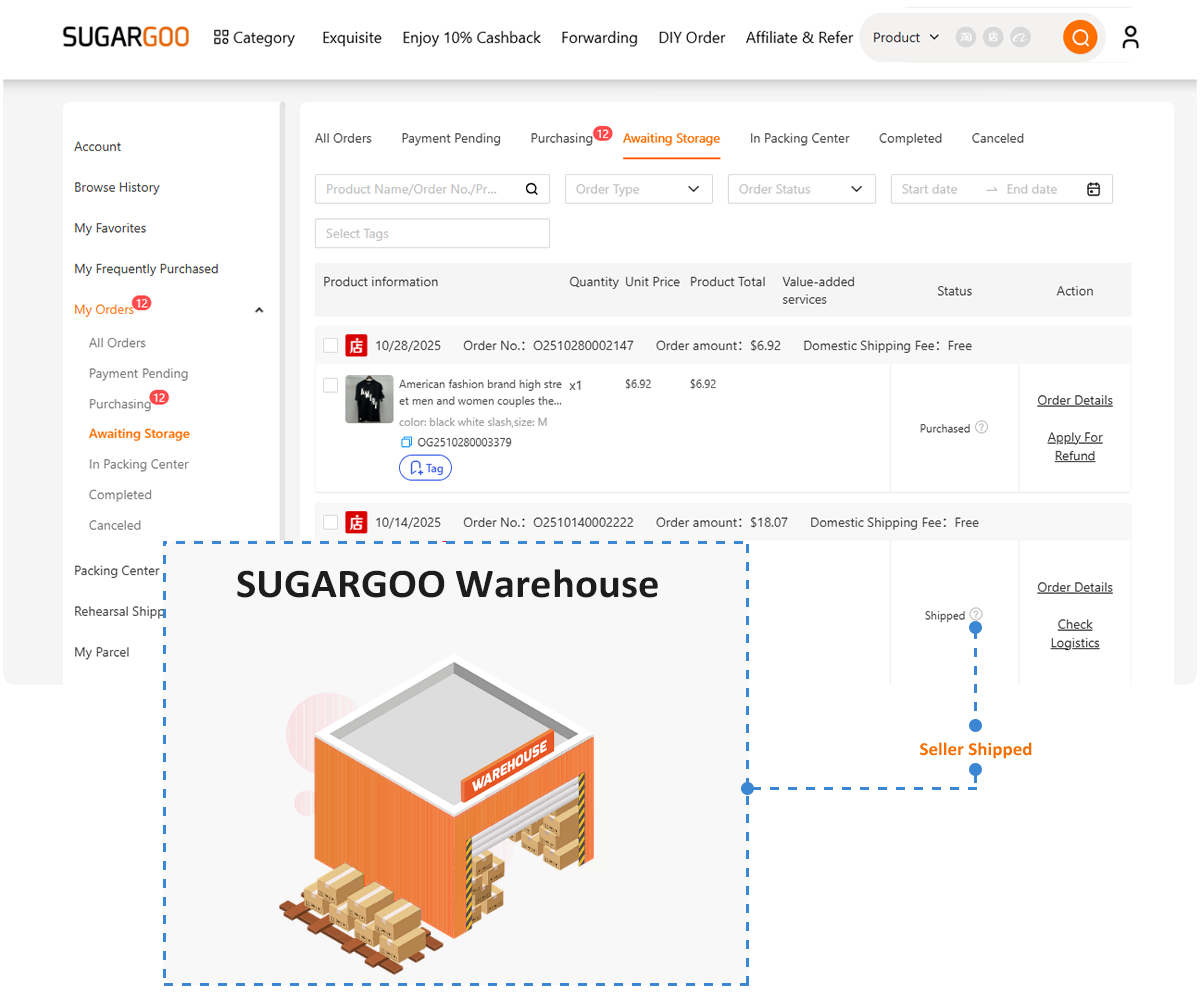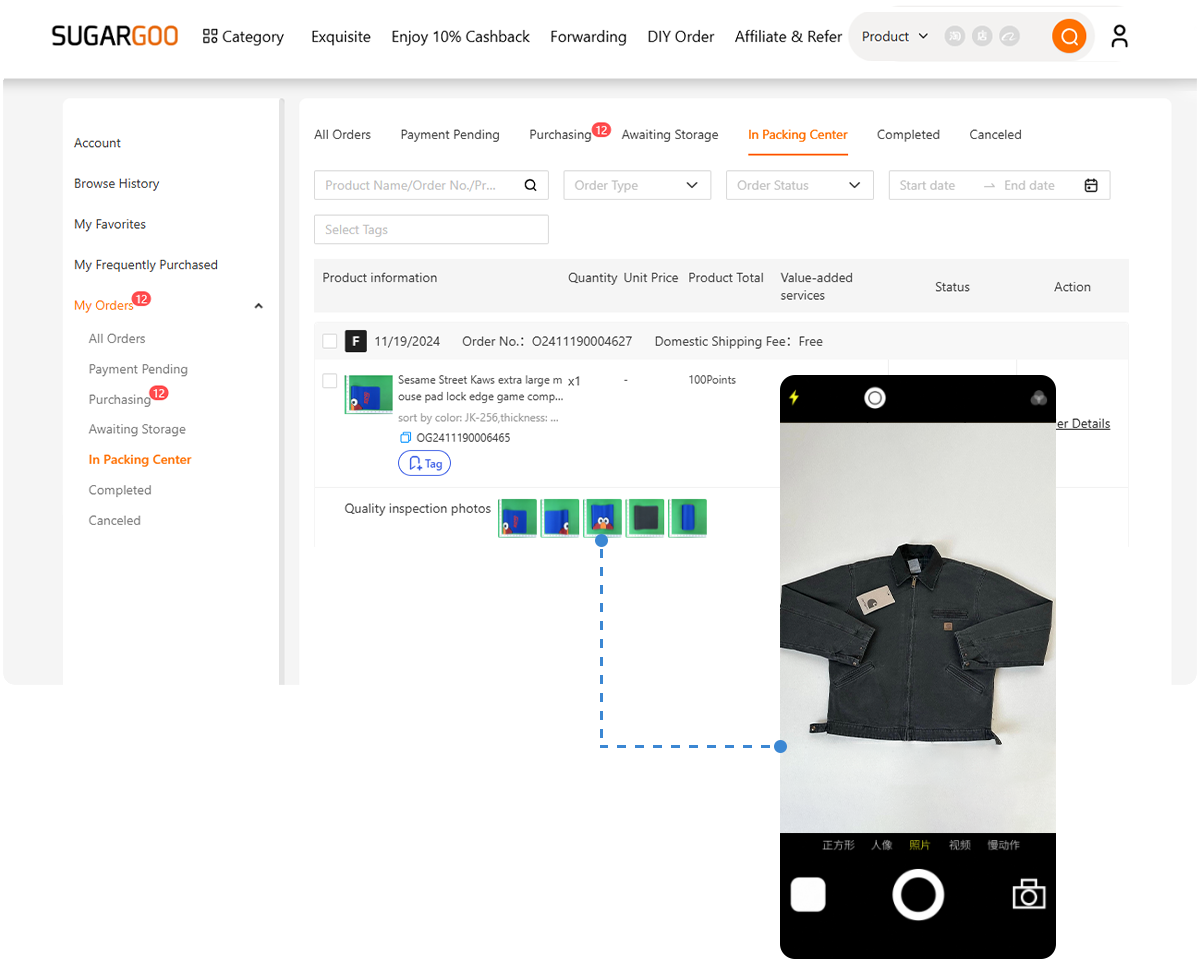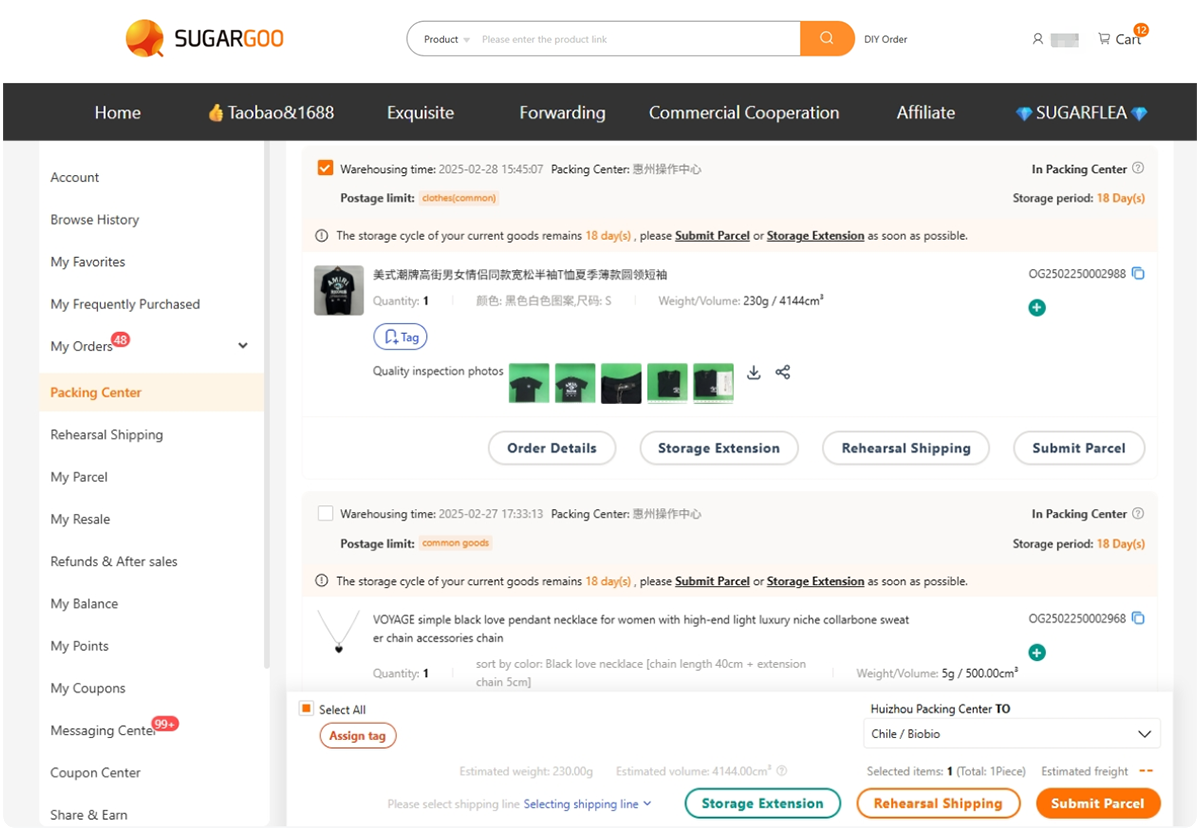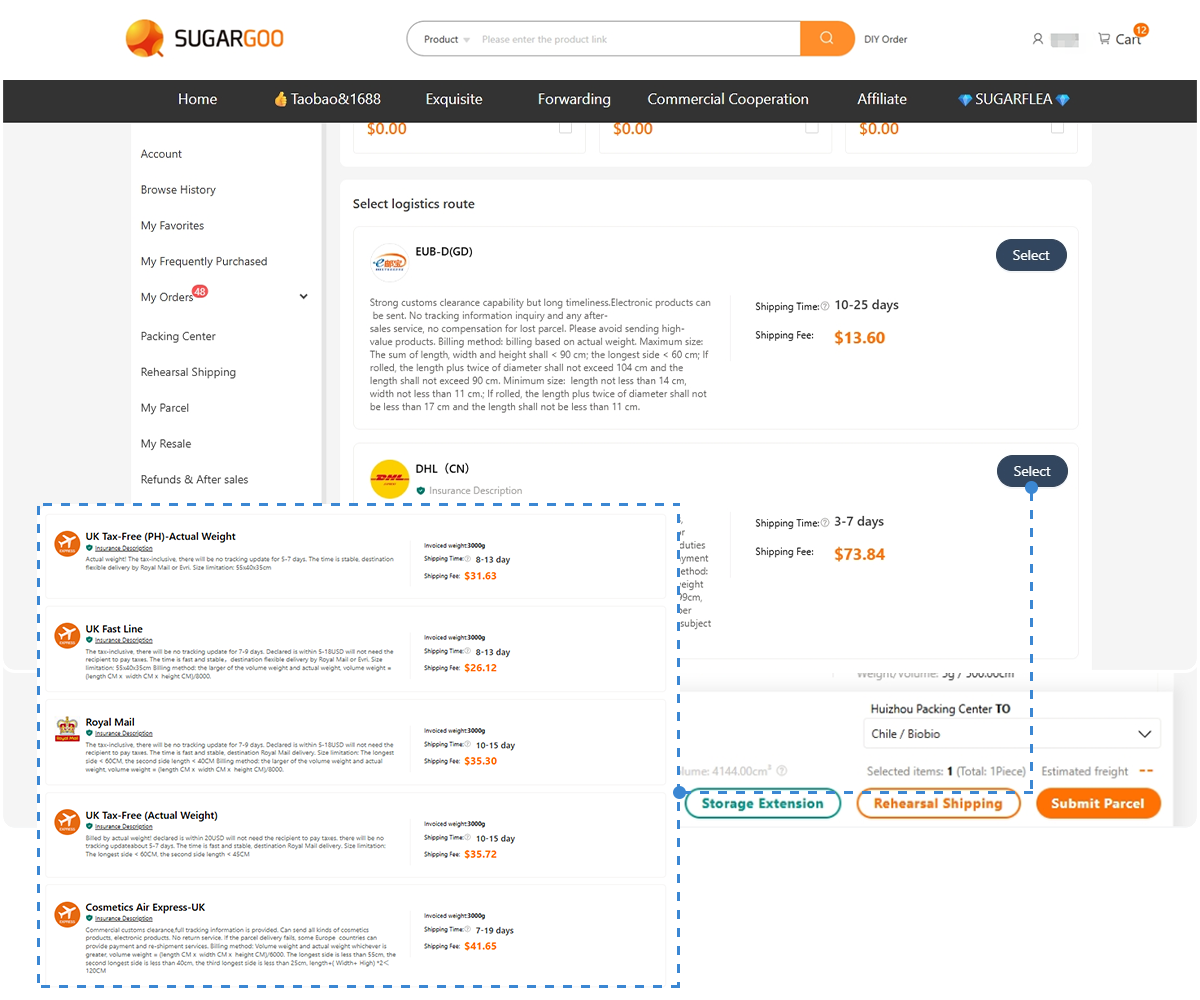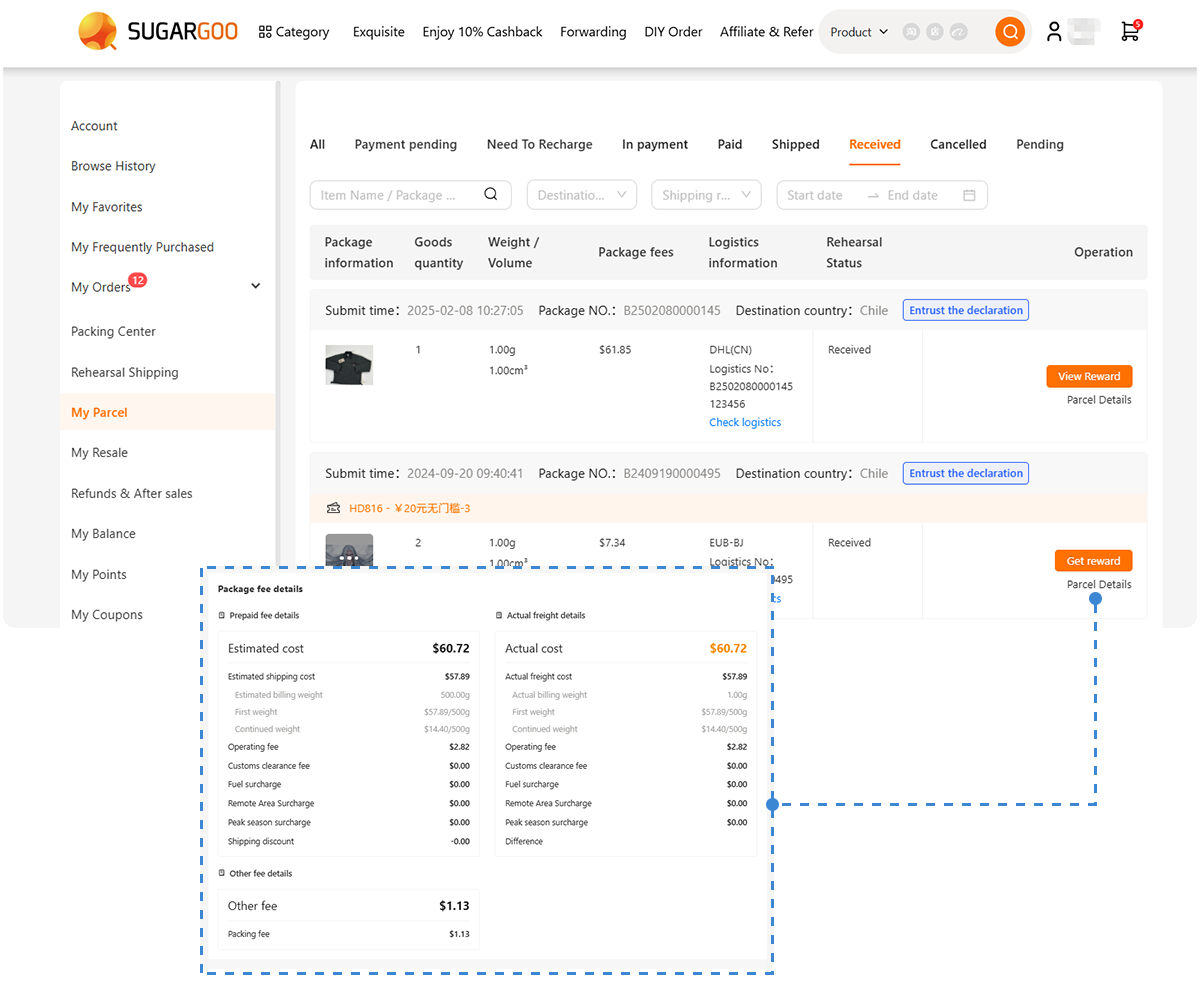There’s a moment every modder faces — you twist your watch bezel, and it doesn’t click anymore. It spins freely, too soft, too loose, maybe even rattling when you move your wrist.
That one sound — the tiny rattle of loosened precision — instantly breaks the illusion of perfection.
A bezel isn’t just decoration. It’s the handshake between movement and motion, the tactile “click” that tells you this watch was built to be trusted. And when it fails, it’s not just a mechanical issue — it’s a personal one.
This is the story of how to bring that click back, not just by replacing parts, but by restoring the balance between tension and touch — the true art of fixing a loose bezel like a pro.
Chapter 1: The Day the Click Died
Every collector remembers the first time their watch lost that reassuring snap. Mine was a Seiko SKX007 — a workhorse. One day, the bezel started to spin like a cheap toy. At first, I thought, maybe it’s just dust. Then I pressed down, turned it again, and felt nothing — no click, no resistance, just air.
It’s a strange feeling. A Seiko diver without its bezel click feels like a song without rhythm. You still hear the tune, but it doesn’t move you the same way.
And so begins the ritual of restoration — not because it’s broken, but because it deserves better.
Chapter 2: Why Bezels Get Loose
If you want to fix it right, you first have to understand why it happens.
A bezel is held in place by a friction ring, spring, or click ball — depending on the watch model. Over time, the metal fatigues, the gasket dries, or debris wedges between the bezel and case. Sometimes it’s your own doing — a case swap, a reinstallation, or a mod that slightly shifts tolerances.
For Seiko NH35 and SKX-based builds, these are the usual suspects:
- Deformed click spring. Bent during removal or cleaning.
- Worn bezel gasket. Flattened by years of compression.
- Improper reinstallation. Uneven pressure causes partial seating.
- Aftermarket bezel misfit. Micron-level tolerance differences.
Each of these doesn’t just loosen your bezel — it changes how your watch feels. The feedback, that tactile click, the crisp rotation — it’s gone.
Chapter 3: Feeling the Fault
A watchmaker’s best diagnostic tool isn’t vision — it’s touch. When a bezel becomes loose, it tells you something through movement.
If it spins smoothly with no clicks: your click spring is bent or missing.
If it clicks but feels mushy: gasket compression loss or dirt under the lip.
If it rattles when shaken: poor seating or dry ring tension.
If it sticks on certain clicks: debris or minor warping of the case groove.
Turn it slowly under light. A healthy bezel rotates evenly with gentle tension — like the quiet sound of a safe being unlocked. A damaged one either floats or resists in irregular rhythm.
Learning to feel that rhythm again is half the repair.
Chapter 4: What You’ll Need
Before you reach for a screwdriver, prepare your workspace. A bezel is one of the easiest things to damage if you rush — it’s thin, polished, and unforgiving.
Essentials:
- Bezel removal tool or thin case knife with tape protection
- Watch cleaning cloths and blower
- Replacement bezel click spring and gasket (compatible with your model)
- Silicone grease (for gasket conditioning)
- Patience and good light
You can find genuine NH35-compatible bezel parts, springs, and gaskets from verified suppliers through Sugargoo, the trusted Taobao agent. They provide QC photos before shipping, and you can combine orders — bezels, cases, and inserts — using the order combine service.
Chapter 5: The Quiet Work of Removal
This is where most scratches are born. Lifting a bezel is easy; lifting it cleanly takes grace.
Lay your watch flat on a padded surface. Wrap the lugs with masking tape to avoid tool slips. Insert your blade or remover tool at the notch (usually near 6 or 12 o’clock).
Now, instead of prying upward, apply a slow twist — the goal is to separate, not pop. You’ll hear a faint click as the tension releases. That sound? It’s the bezel saying, thank you for being careful.
Remove the old gasket and clean both contact surfaces — one on the case, one on the bezel. Dust, skin oil, even micro rust can weaken friction over time.
Chapter 6: Understanding the Engineering
A bezel isn’t just a ring — it’s a tension system. The way it clicks comes down to geometry: the angle of the groove, the height of the click spring, and the pressure between metal and gasket.
That’s why Seiko NH35 and SKX bezels have earned cult status — they’re mechanical poetry. Each click spring arm is tuned like a string, designed to bend just enough before releasing into the next groove.
When one arm bends too much, the music fades. Fixing it isn’t brute force; it’s tuning an instrument.
If you ever open a bezel and see the spring bent flat, don’t just stretch it — replace it. Metal fatigue doesn’t forgive. You can find replacement bezel springs easily through Sugargoo’s verified modder suppliers.
Chapter 7: The Art of Reinstallation
Now comes the part that separates amateurs from craftsmen.
Seat the new gasket lightly into the groove with a dab of silicone grease. It should fit flat, no wrinkles.
Align the click spring so each arm faces its correct groove — check reference photos if unsure.
Lower the bezel slowly, pressing evenly around the circumference. Never press the bezel down in one motion. Work your way around — north, south, east, west — like tightening lug nuts on a car wheel.
You’ll hear the soft “snap” when it locks in. Turn it once — that first click after reassembly is your applause.
Chapter 8: Testing the Feel
Turn the bezel through a full rotation. Every click should sound even — not too soft, not too harsh.
If it spins too easily, recheck gasket compression. If it’s too tight, remove and add a touch more grease. If it skips or double-clicks, your spring isn’t seated correctly.
The best test is your ears. Close your eyes, rotate it, and listen. That consistent “tick-tick-tick” is the heartbeat of precision.
Chapter 9: The Philosophy of Tactile Feedback
There’s a reason modders obsess over bezel feel. It’s the one moving part that defines interaction — it’s tactile time.
You can tell the difference between a factory-assembled Seiko and a modded one just by the way its bezel moves. Factory builds are efficient; modded builds are expressive.
That’s why many builders customize bezel tension intentionally — making it slightly firmer, slightly slower, almost meditative. Because a good click isn’t just mechanical — it’s emotional. It’s the sound of control returning to your hands.
Chapter 10: Avoiding Future Looseness
Every time you open your watch, tiny tolerances change. So maintaining that perfect bezel tension means building habits:
- Avoid using bezel grips with metal teeth — they chew edges.
- Never press the bezel dry; always lubricate.
- Replace gasket every 1–2 years.
- Clean your watch with soft cleaning cloths after every dive or workout.
- When swapping bezels often, invest in a spare bezel gasket set and store them sealed.
This level of attention might sound obsessive — but it’s exactly what separates a careless mod from a timeless build.
Chapter 11: Common Mistakes and Quiet Fixes
| Problem | Cause | Solution |
|---|---|---|
| Bezel spins freely | Missing click spring | Replace spring and reset gasket |
| Bezel too stiff | Overcompressed gasket | Re-grease or replace thinner ring |
| Rattles when tapped | Incomplete seating | Press evenly with soft cloth |
| Uneven clicks | Bent click spring | Replace, don’t reshape |
| Bezel misaligned | Spring orientation error | Reinstall with reference mark at 12 o’clock |
Don’t chase perfection through pressure — chase it through patience. A bezel should never be forced into obedience.
Chapter 12: When a Fix Becomes an Upgrade
Sometimes a loose bezel is a sign — a chance to elevate. If you’re already opening it, why not go further?
Consider upgrading:
- Sapphire bezel inserts — luminous, scratch-resistant, stunning under sunlight.
- Coin-edge bezels for better grip and vintage charm.
- Ceramic inserts for modern tool builds.
- Custom bezels engraved or brushed to match your dial tone.
Sugargoo’s custom watch part section connects you to small-batch workshops offering exactly that — Seiko-compatible bezels that look like they belong on $1,000 microbrands.
When you think like a creator, every repair becomes a design opportunity.
Chapter 13: Lessons from the Workshop
Watchmaking isn’t about perfection; it’s about balance. You can fix a loose bezel in 15 minutes — but learning why it became loose takes years.
You learn the touch of friction, the whisper of grease, the alignment of spring and steel. You start hearing the music of machines — how every click is a chord of craftsmanship.
Eventually, your hands remember what your mind used to overthink. That’s when you realize: you’re no longer repairing a watch — you’re conducting one.
Chapter 14: When the Work Feels Right
After reassembly, I sat back and turned my SKX bezel again — “tick-tick-tick.” Perfect. Firm, smooth, rhythmic.
That single moment — that click — reminded me why I started modding years ago. Because the satisfaction isn’t in owning watches. It’s in restoring feel.
A loose bezel can teach you more about patience and mechanics than any dial swap ever will. It’s not just about fixing — it’s about listening.
Chapter 15: Where Precision Begins — and Where to Find It
If you’re serious about restoring bezels or upgrading builds, start sourcing your components right.
Through Sugargoo, you can:
- Get access to Seiko NH35 and SKX bezel parts, springs, and inserts.
- Order directly from trusted Taobao manufacturers.
- Request detailed photos before shipping. (See our QC guide.)
- Combine all your modding parts — from watch cases to straps — in a single shipment.
No guesswork, no translation errors — just precision from the source.
You can register for free here and start sourcing like a pro. Because if you love the click of a perfect bezel, you deserve parts that make it possible.
Chapter 16: The Quiet Reward
Fixing a loose bezel won’t make you famous. But it will make you better.
It teaches you patience, rhythm, and reverence. It makes you respect the physics behind simplicity.
That small ring of steel reminds you that everything — even time itself — depends on friction, alignment, and care. It’s humbling. And it’s addictive.
Because once you’ve felt that perfect click again, you’ll never settle for “almost right.”
